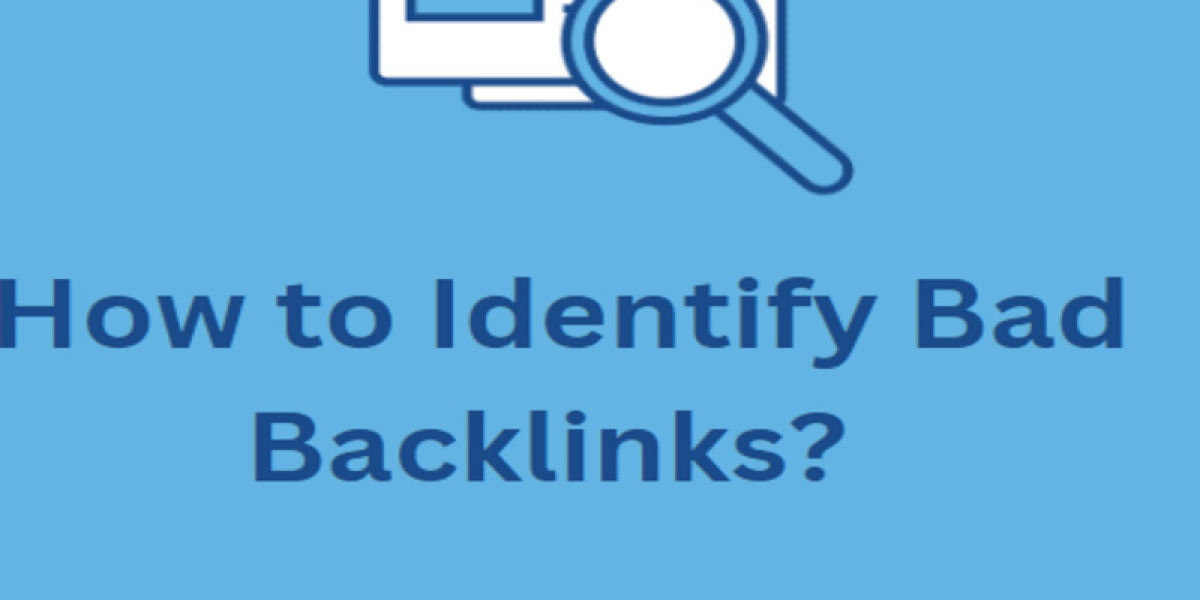Maintaining a healthy SEO profile is crucial for any website looking to rank well in search engines. One of the most critical elements of SEO is your backlink profile, which consists of the number and quality of external links pointing to your site. However, not all backlinks are beneficial—some can actually harm your rankings. In this article, we’ll explore how to identify bad backlinks and the steps you can take to remove them, ensuring your website remains in good standing with search engines. Learn with aroushtechbd.
What Are Bad Backlinks?
Bad backlinks can have a negative impact on your website’s ranking and overall SEO health. Here are some key characteristics that define bad backlinks:
1. Low Domain Authority
Links from websites with low domain authority (DA) can hinder your SEO efforts. Domain authority measures how well a site is likely to perform in search engine rankings. Generally, links from sites with a DA below 30 are considered low quality and may be harmful.
2. Irrelevant or Spammy Content
Links originating from websites unrelated to your niche can confuse search engines and may lead to penalties. If the content on the linking site appears spammy or lacks relevance, it’s a clear red flag.
3. Links from Penalized Websites
If a linking site has been penalized by Google for using black hat SEO tactics, any backlinks from that site may also negatively affect your rankings. It’s important to assess the health of linking sites before valuing their backlinks.
4. Over-Optimized Anchor Text
Excessive use of the same keyword-rich anchor text can appear manipulative to search engines. A natural backlink profile should feature a variety of anchor texts, including branded terms, generic phrases, and long-tail keywords.
5. Paid Links
Acquiring backlinks through paid means without proper disclosure (like not using "nofollow" attributes) can lead to penalties. Search engines favor organic link-building strategies over paid ones.
6. High Link-to-Content Ratio
Websites that have a high number of backlinks relative to their content may be involved in link farming, which is frowned upon by search engines and can negatively impact your rankings.
7. Participation in Link Exchange Networks
Engaging in schemes where you exchange links with other websites can be detrimental. Such practices can suggest to search engines that you’re trying to artificially manipulate rankings instead of earning legitimate backlinks.
How to Identify Bad Backlinks
Regularly monitoring your backlink profile is essential for maintaining its health. Here are effective steps to identify bad backlinks:
1. Utilize SEO Tools
Employ tools like Ahrefs, SEMrush, or Moz to analyze your backlink profile. These tools provide insights into the quality of the sites linking to you, including DA, spam scores, and anchor text analysis.
2. Check Domain Authority
Use Moz’s Domain Authority checker to assess the DA of the sites linking back to you. Be wary of links from sites with a DA below 30.
3. Analyze Anchor Text
Review the anchor texts of your backlinks. A high proportion of identical or keyword-rich anchor texts may indicate an unnatural linking pattern, which could be harmful.
4. Inspect Linking Content
Visit the pages that contain your backlinks. If the content appears irrelevant or low-quality, it’s a strong indication of a bad backlink.
5. Review Link Profiles of Linking Sites
Examine the overall backlink profile of sites linking to you. If these sites are filled with many spammy or low-quality links, your link could also be considered bad.
How to Remove Bad Backlinks
Once you've identified bad backlinks, taking steps to remove them is essential. Here’s how:
1. Contact Webmasters
The most straightforward approach is to reach out to the webmaster of the site hosting the bad backlink. Politely request that they remove the link, providing the specific URL for clarity.
2. Use the Disavow Tool
If contacting webmasters doesn’t yield results, you can use Google’s Disavow Tool. This tool allows you to instruct Google to ignore certain backlinks when evaluating your site. Compile a list of links you wish to disavow, save it as a .txt file, and upload it to Google Search Console.
3. Monitor Your Backlink Profile Regularly
After removing harmful links, continue to monitor your backlink profile. Regular checks will help you identify any new bad backlinks before they can cause damage.
4. Focus on Building Quality Backlinks
Concentrate on acquiring high-quality backlinks from reputable sites within your niche. This approach can help mitigate the negative impact of any remaining bad backlinks.
Conclusion
Identifying and removing bad backlinks is a critical part of maintaining a robust SEO strategy. By consistently monitoring your backlink profile and taking proactive steps to eliminate harmful links, you can protect your website’s ranking and credibility. Make use of available tools, reach out to webmasters, and don’t hesitate to use Google’s Disavow Tool when necessary. A clean backlink profile will not only enhance your SEO but also improve your site's overall online presence.
By prioritizing quality backlinks and actively managing your backlink profile, you can ensure your website thrives in the competitive landscape of search engine optimization.








